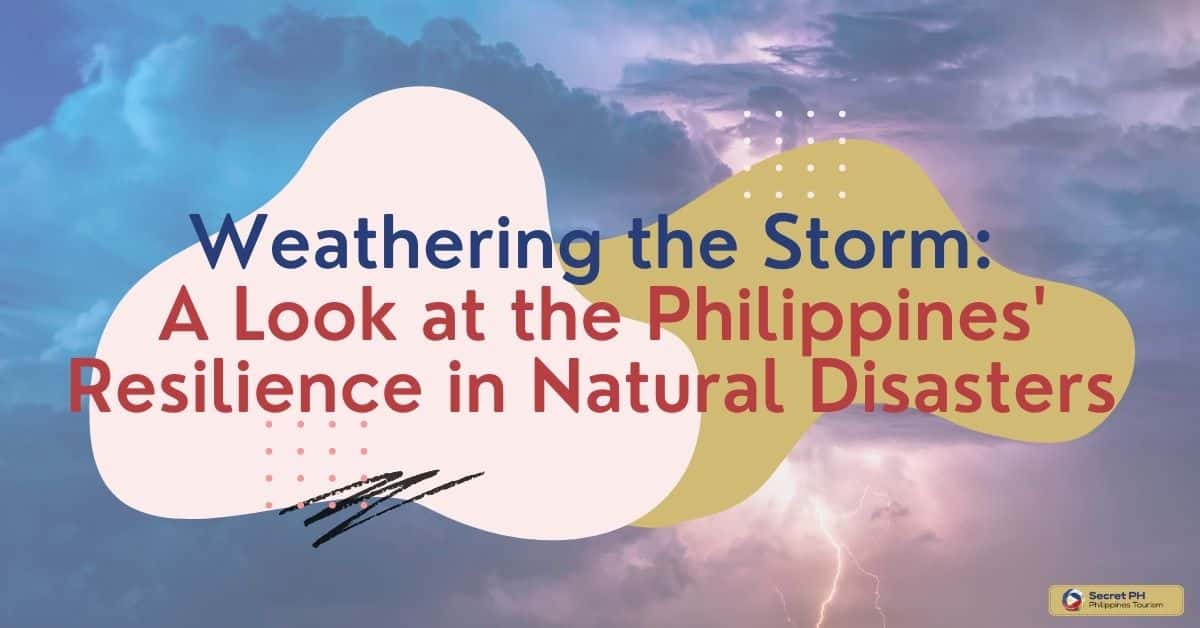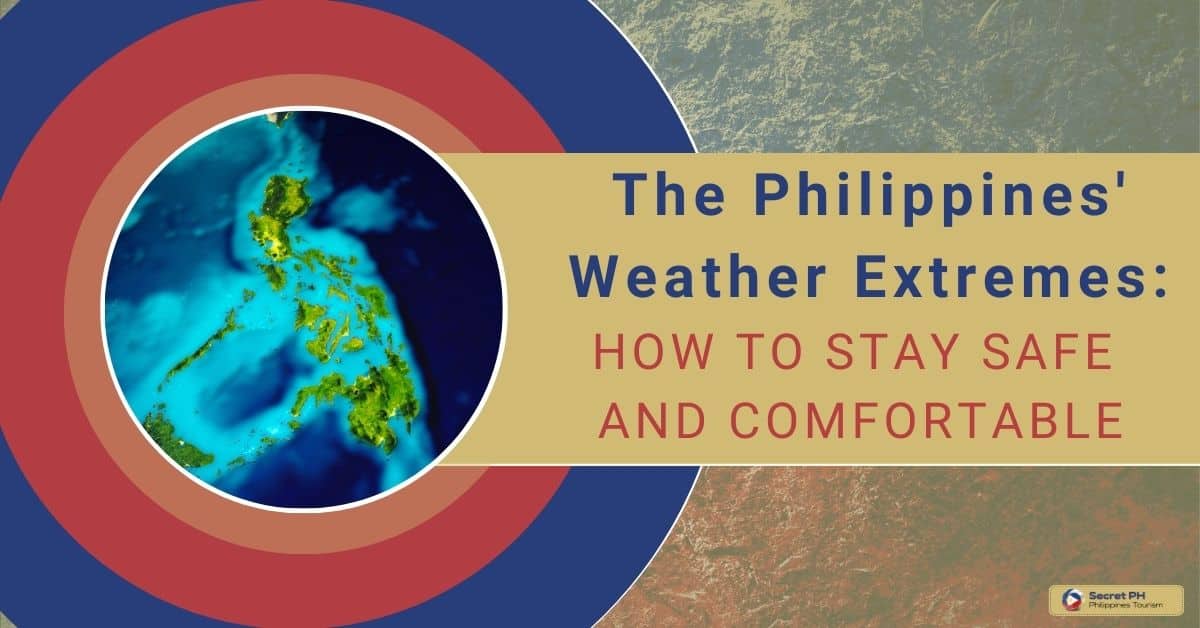Typhoon season in the Philippines is no joke. With powerful storms and frequent flooding, it can be a daunting experience for those living in affected areas. Despite the potential risks, with the right preparation and knowledge, people can survive typhoons safely and with minimal impact on their lives.
To survive the typhoon season in the Philippines, you need to prepare for the storm, know when to evacuate, and stay safe during the typhoon. Coping with the aftermath, helping others, and building community resilience is also vital. These tips and tricks will keep you safe and help you navigate the emotional impact of the typhoon season.
This article will provide essential tips and tricks for surviving typhoon season in the Philippines, from understanding the season and preparing for a typhoon to dealing with the aftermath and helping others. With these tips and tricks, anyone can be better prepared for surviving typhoon season in the Philippines.

Understanding the Typhoon Season in the Philippines
The Philippines is in the western Pacific Ocean and is usually one of the hardest hit countries by typhoons. Each year, the country experiences an average of 20 to 25 tropical cyclones or typhoons, with peak months from June to October.
Typhoons can cause flooding, landslides, power outages, and widespread destruction to infrastructure. It is important to understand the typhoon season in the Philippines so you can be better prepared and know what to expect when a storm arrives.
The storms that occur during the typhoon season in the Philippines are often extremely powerful. They can bring strong winds, heavy rains, and high waves that can cause flooding, mudslides, power outages, and other damage.
It is important to be aware of the potential risks of typhoons and take the necessary steps to prepare for them in advance. Knowing when a storm is expected to arrive, what type of storm it may be, and how to plan for its arrival can help protect you and your community during typhoon season in the Philippines.

Preparing for a Typhoon: Essential Steps to Take
Typhoons are a common occurrence in the Philippines, especially from June to November. These natural calamities can bring strong winds, heavy rains, and flooding that can cause significant damage to property and result in loss of life.
To minimize the adverse effects of typhoons, it’s essential to take necessary preparations before the typhoon season arrives. Below are some essential steps you can take to prepare for a typhoon.
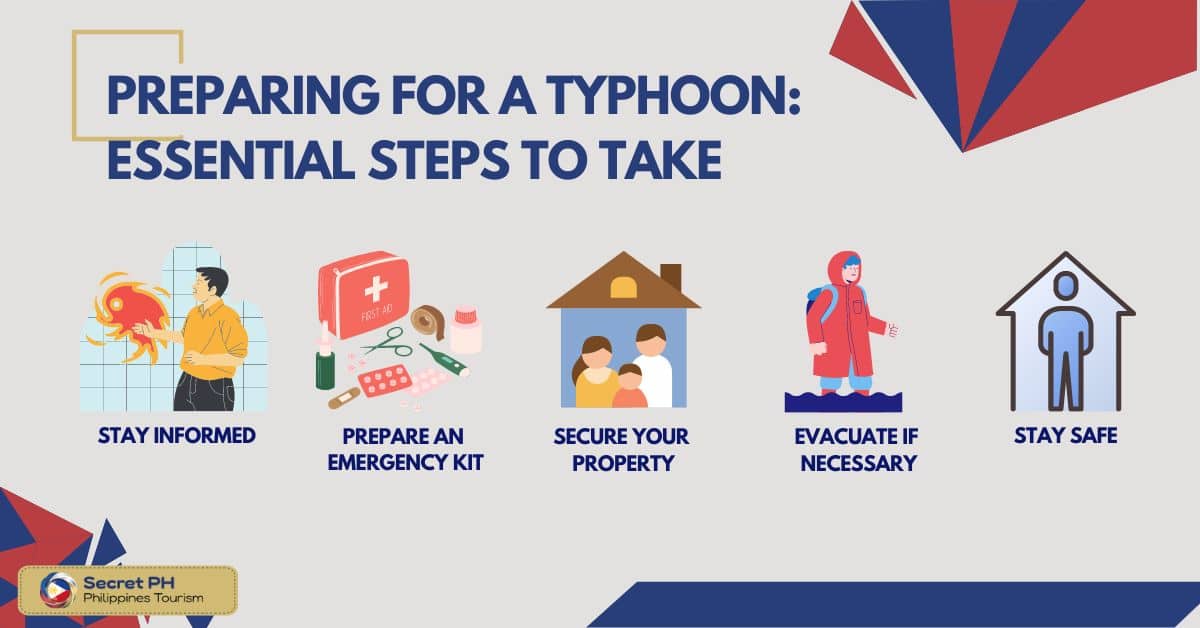
Stay Informed
Keeping yourself up-to-date with information about typhoons is crucial. Pay attention to local weather reports, typhoon bulletins, and official announcements from your local government. You can tune in to radio stations or watch the news on TV for regular updates on the typhoon’s path and intensity.
Prepare an Emergency Kit
In case of evacuations, it’s necessary to have an emergency kit ready to bring along with you. Your emergency kit should include the following:
- Enough food and water for at least three days
- A first aid kit and necessary medications
- Battery-powered radio and extra batteries
- Flashlights and extra batteries
- Blankets and extra clothing
- Toiletries
- Cash and important documents
Secure Your Property
Make sure that your home is storm-proofed before the typhoon arrives. Cover your windows and doors with shutters or plywood to prevent broken glass from strong winds. Trim any tree branches that may fall and damage your property. Secure outdoor objects that can be swept away by strong winds, such as patio furniture or bicycles, to prevent them from being a safety hazard.
Evacuate if Necessary
If you live in low-lying or flood-prone areas, it’s best to evacuate before the typhoon’s arrival. Listen to local authorities’ announcements for evacuation orders and follow their instructions. Don’t hesitate to evacuate even if it means leaving your property behind. Remember that your safety and your family’s safety should be your priority.
Stay Safe
During the typhoon, stay indoors and avoid going outside. If you need to travel, take extreme caution and avoid crossing flooded roads or bridges. Stay away from power lines and structures that may be damaged by strong winds. It’s also important to save your phone battery and limit unnecessary phone calls to keep lines open for emergency calls.

Evacuation: Knowing When and How to Leave
Evacuating during a typhoon is a crucial step to ensure your safety and well-being. It can be a difficult decision to leave your home, but knowing when and how to evacuate is essential. In this article, we will discuss the importance of evacuation, how to determine when to leave, and the best ways to evacuate.
Evacuation is critical during a typhoon as it can be a life-or-death situation. It is essential to take evacuation orders seriously, especially in areas prone to flooding and landslides. Being prepared to evacuate beforehand can help minimize the risks associated with a typhoon.
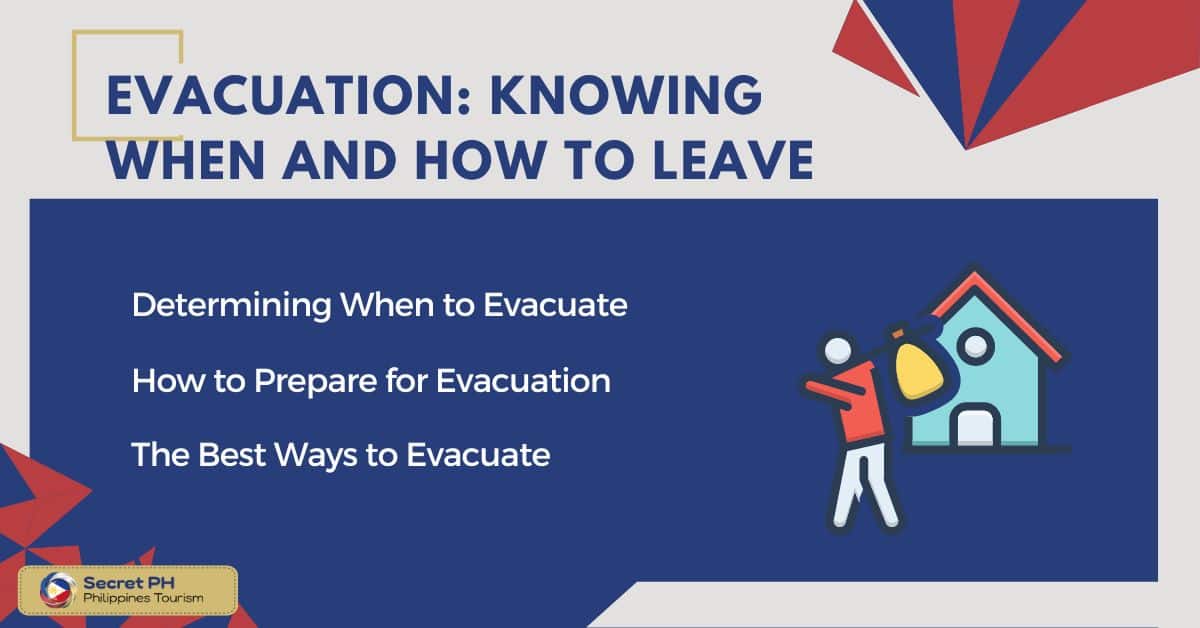
Determining When to Evacuate
Determining when to evacuate can be a difficult decision. As a general rule, it is best to evacuate before the storm hits, and floodwaters rise. Monitor local weather alerts and be prepared to leave if advised by authorities. Additionally, if you live in an area prone to flooding or landslides, it is best to evacuate early to avoid getting trapped.
How to Prepare for Evacuation
Preparing for evacuation involves having an emergency kit ready, securing your property, and making sure you have enough supplies to last for a few days. Important documents should also be placed in a waterproof container and easily accessible in case of evacuation.
The Best Ways to Evacuate
The best way to evacuate during a typhoon is to follow local authorities’ instructions. Listen to the news and be aware of evacuation routes and shelters. If possible, leave early to avoid traffic congestion and dangerous road conditions. It is also important to turn off gas, water, and electricity before leaving.

Staying Safe During the Typhoon: What to Do and What Not to Do
Typhoons can bring strong winds, heavy rains, and flooding that can cause damage and put people’s lives at risk. To avoid getting caught off-guard during a typhoon, it’s important to know what to do and what not to do to stay safe. Here is a table outlining some helpful tips:
| What to Do | What Not to Do |
|---|---|
| Stay indoors and secure your home | Go outside or hang out near windows or glass doors |
| Stock up on emergency supplies such as food, water, and flashlights | Wait until the last minute to prepare |
| Keep important documents, valuables, and electronics in waterproof containers or bags | Assume that utilities such as electricity and water will be available |
| Stay tuned to weather updates and follow instructions from local authorities | Drive or walk through floodwaters |
| Keep a battery-powered radio or cell phone handy in case of power outages | Use candles or open flames as a source of light |
| Evacuate to a designated shelter or higher ground if instructed to do so | Stay in low-lying areas or near bodies of water |
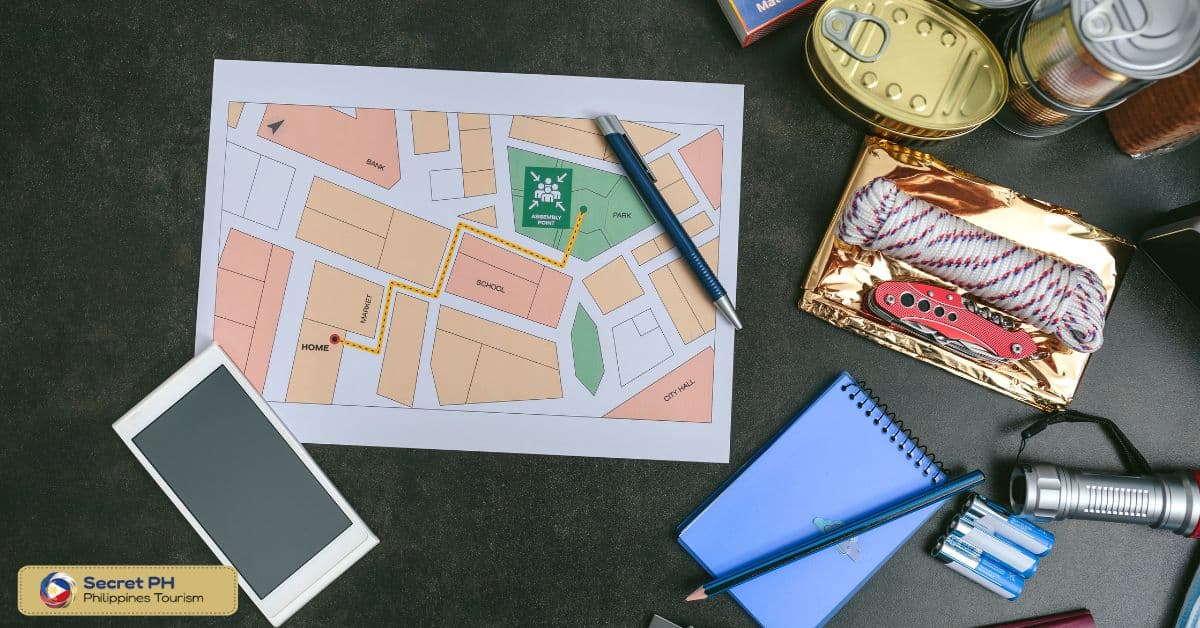
After the Typhoon: Dealing with the Aftermath
When the typhoon has passed, it is essential to stay aware of the potential risks and take necessary safety precautions. Many areas are prone to flooding and landslides in the aftermath of a typhoon, so it is important to be cautious when entering affected areas. Aftershocks can occur after a typhoon, so pay attention to official announcements and stay alert. Additionally, it is important to help others who may be in need of assistance.
It is also necessary to assess the damage caused by the typhoon and take steps to rebuild your home and community. Make sure you take pictures of any damaged property before beginning repairs as this can be used for insurance claims or other forms of compensation. Additionally, consider reaching out to local aid organizations and volunteer groups for assistance in rebuilding your home or community.
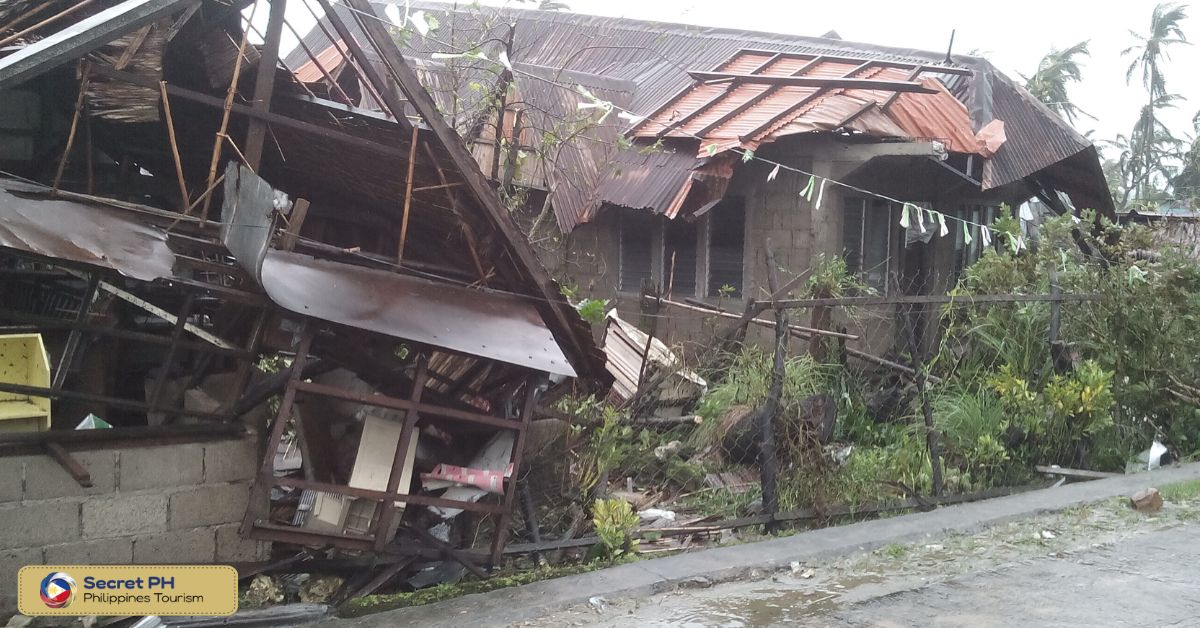
Coping with the Emotional Impact of a Typhoon
The emotional impact of a typhoon can be just as devastating as physical damage. Experiencing loss and displacement due to a typhoon can take a toll on your mental health, and it is important to have the support you need during this time. It’s essential to talk about how you are feeling with family, friends, or a mental health professional if necessary.
It is also important to take care of yourself during this time, even if you don’t feel like it. Eat healthy meals and get enough sleep, exercise regularly, and find ways to relax and stay positive. Taking the time for self-care can help with the emotional toll of a typhoon. Additionally, reach out to your local community and help others in need as it can be a great way to cope with the emotional impact of a typhoon.

Helping Others: Volunteering and Donations
One of the best ways to help those affected by a typhoon is to volunteer or donate. Volunteering with local aid organizations can make an enormous difference in helping communities rebuild and recover from a typhoon. For those who cannot physically volunteer, donating money, supplies, or time are another great ways to show support for those impacted by the storm.
Additionally, encouraging local businesses to donate and helping spread awareness about the typhoon can be a great way to get more people involved in supporting those affected. By working together, we can help ensure that everyone has the resources they need to rebuild their homes and communities after a typhoon.
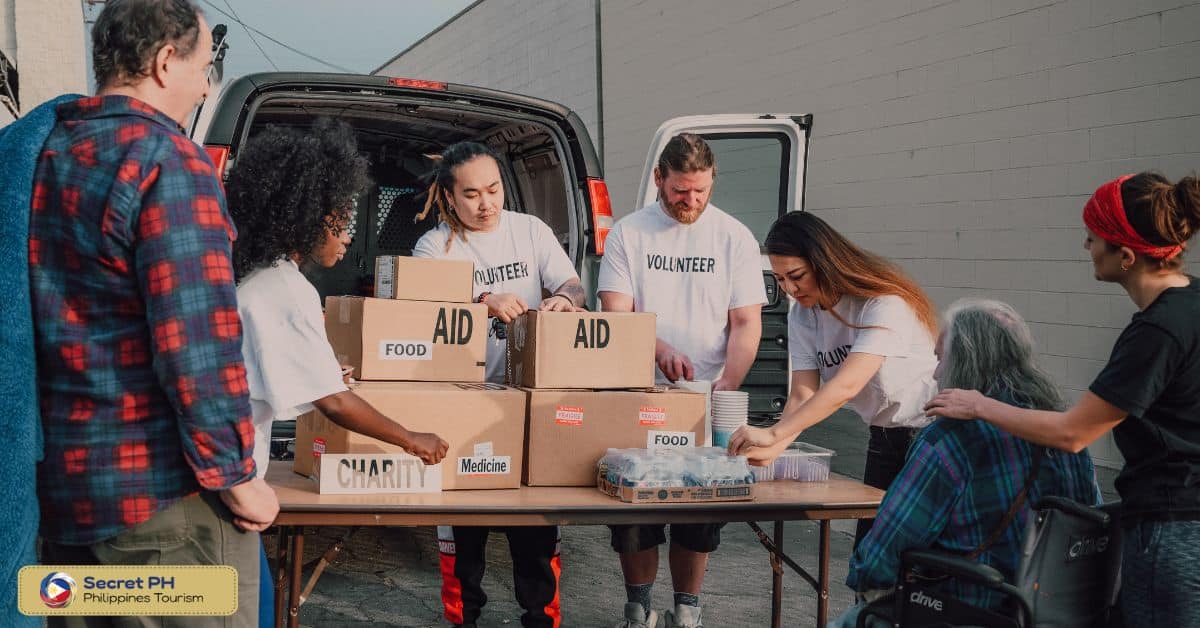
The Importance of Community Resilience in Surviving Typhoons
Typhoons are a common occurrence in the Philippines, especially from June to November. With strong winds, heavy rains, and flooding, typhoons can cause extensive damage and loss of life. Building community resilience is an essential step to surviving typhoons and minimizing their adverse effects.
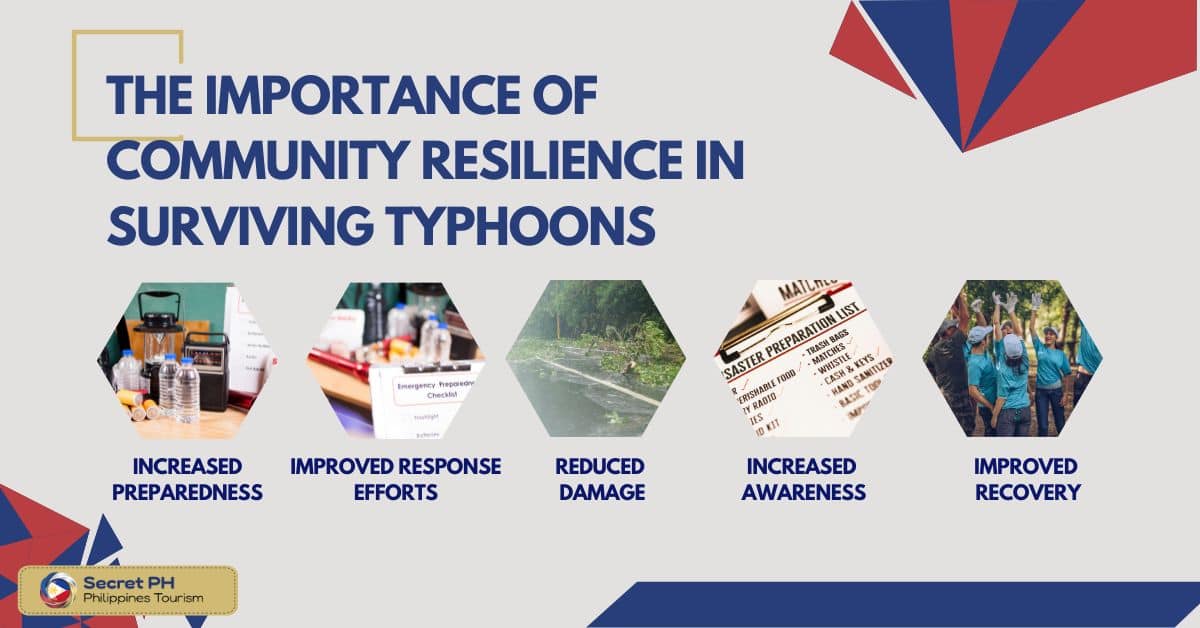
1. Increased Preparedness– A resilient community is better prepared to cope with the adverse effects of a typhoon before, during, and after its occurrence. By having access to information, training programs, and resources in advance, people can stay safe and minimize potential losses from a storm.
2. Improved Response Efforts– A resilient community is better equipped to manage typhoon emergencies and respond effectively in the aftermath. Strong communication networks and well-coordinated relief efforts can help reduce the impact of a storm on affected areas.
3. Reduced Damage– Communities that are more prepared for potential disasters tend to experience less property damage and loss of life in the event of a typhoon. Having an effective evacuation plan in place, as well as adequate resources to manage the effects of the storm can help reduce losses due to natural calamities.
4. Increased Awareness– A resilient community is more likely to be aware of potential disasters and take necessary steps to prepare for them. By educating people on disaster preparedness and response, communities can increase the chances of surviving a typhoon.
5. Improved Recovery– Communities with improved resilience are better able to recover from disaster events quickly and effectively. By having access to resources, support networks, and aid organizations, affected areas are more likely to be restored to their former state in a timely manner.

In conclusion
Typhoon season in the Philippines can be a difficult and dangerous time. It is important to understand the season, prepare for a storm, know when to evacuate, and stay safe during a typhoon. Coping with the aftermath, helping others, and building community resilience are also essential steps to surviving typhoons in the Philippines. With the right preparation and support, people can be better prepared for surviving typhoon season in the Philippines.

